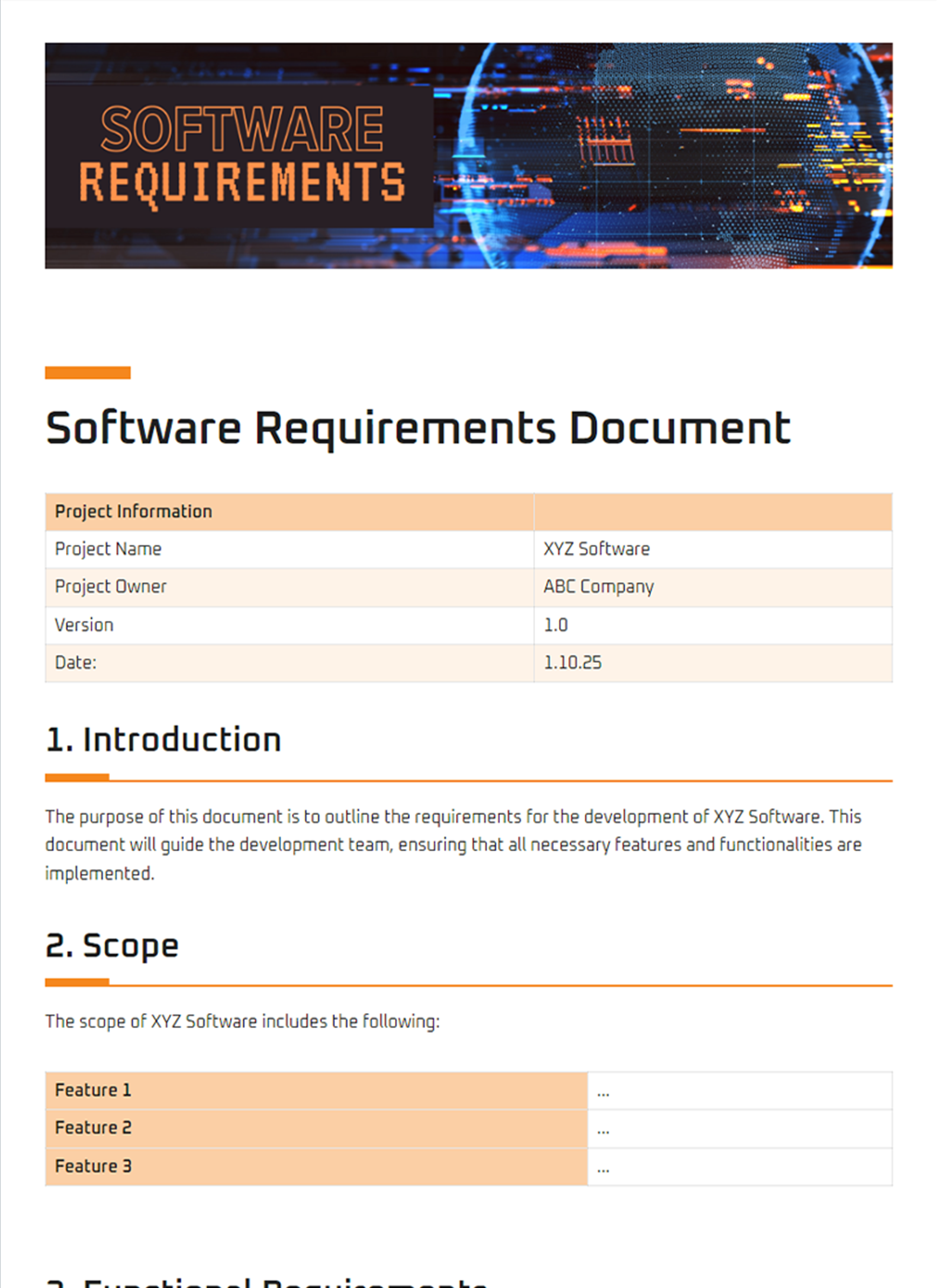Website development is a complex process that requires careful planning and execution. One of the most important steps in the process is gathering requirements from stakeholders. This can be a daunting task, but using a website development requirements gathering template can help make the process more efficient and effective.
A requirements gathering template is a document that outlines the necessary information to be collected from stakeholders for your website development project. The template can help you gather key information such as the project scope, goals, target audience, and functionality requirements.

Project Scope and Goals
The first step in gathering website development requirements is to define the project scope and goals. What is the purpose of the website? What are you trying to achieve with the website? Who is the target audience for the website? Once you have a clear understanding of the project scope and goals, you can start gathering more specific requirements.
To gather project scope and goals, you’ll need to interview stakeholders and ask them questions about their vision for the website. You may also want to conduct user research to learn more about the target audience’s needs.
Once you have a good understanding of the project scope and goals, you can start to develop a list of functional requirements. Functional requirements specify the specific features and functionality that the website must have. For example, a functional requirement might be “the website must allow users to create an account and log in”.
To gather functional requirements, you’ll need to interview stakeholders and ask them about the specific features and functionality that they need from the website. You can also use use cases to help you identify the functional requirements.
Non-Functional Requirements
In addition to functional requirements, you’ll also need to gather non-functional requirements. Non-functional requirements specify the quality attributes of the website, such as performance, security, and usability. For example, a non-functional requirement might be “the website must be able to handle 10,000 concurrent users”.
To gather non-functional requirements, you’ll need to interview stakeholders and ask them about their expectations for the website’s performance, security, and usability. You can also use industry benchmarks and best practices to help you identify the non-functional requirements.
Once you have gathered all of the necessary requirements, you can start to develop a website development plan. The plan should outline the steps that you will take to develop and implement the website. The plan should also include a timeline and budget for the project.
Using website development requirements gathering template is a valuable tool for gathering the information you need to develop a successful website. By following the steps outlined in this template, you can ensure that you gather all of the necessary requirements and that the website meets the needs of your stakeholders.
